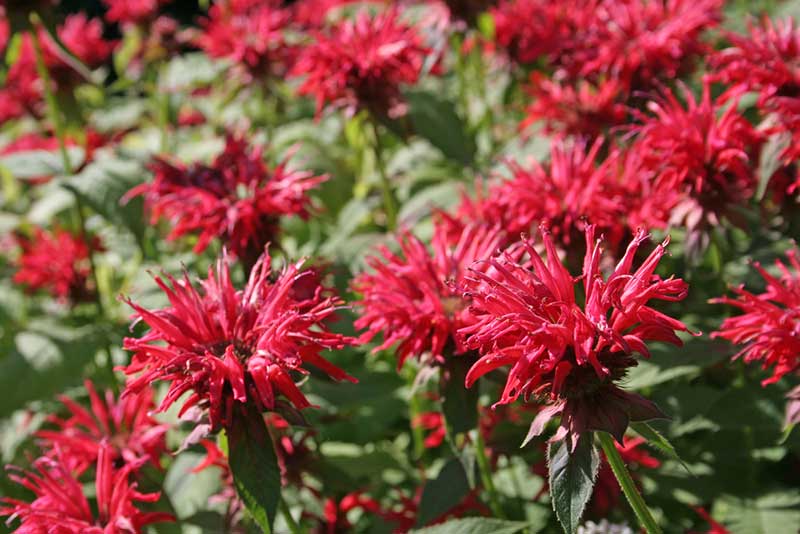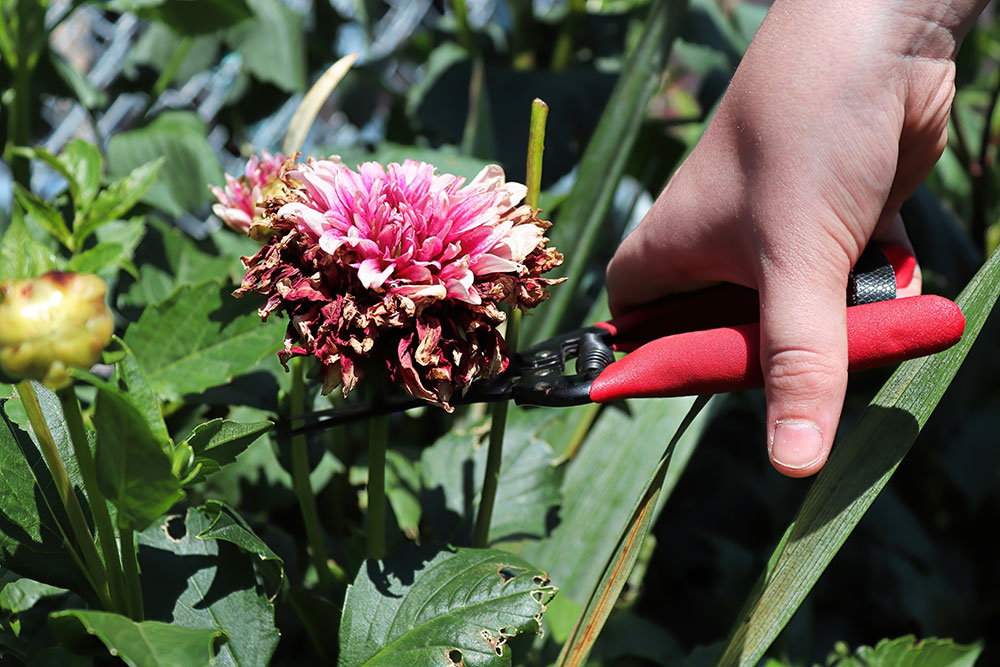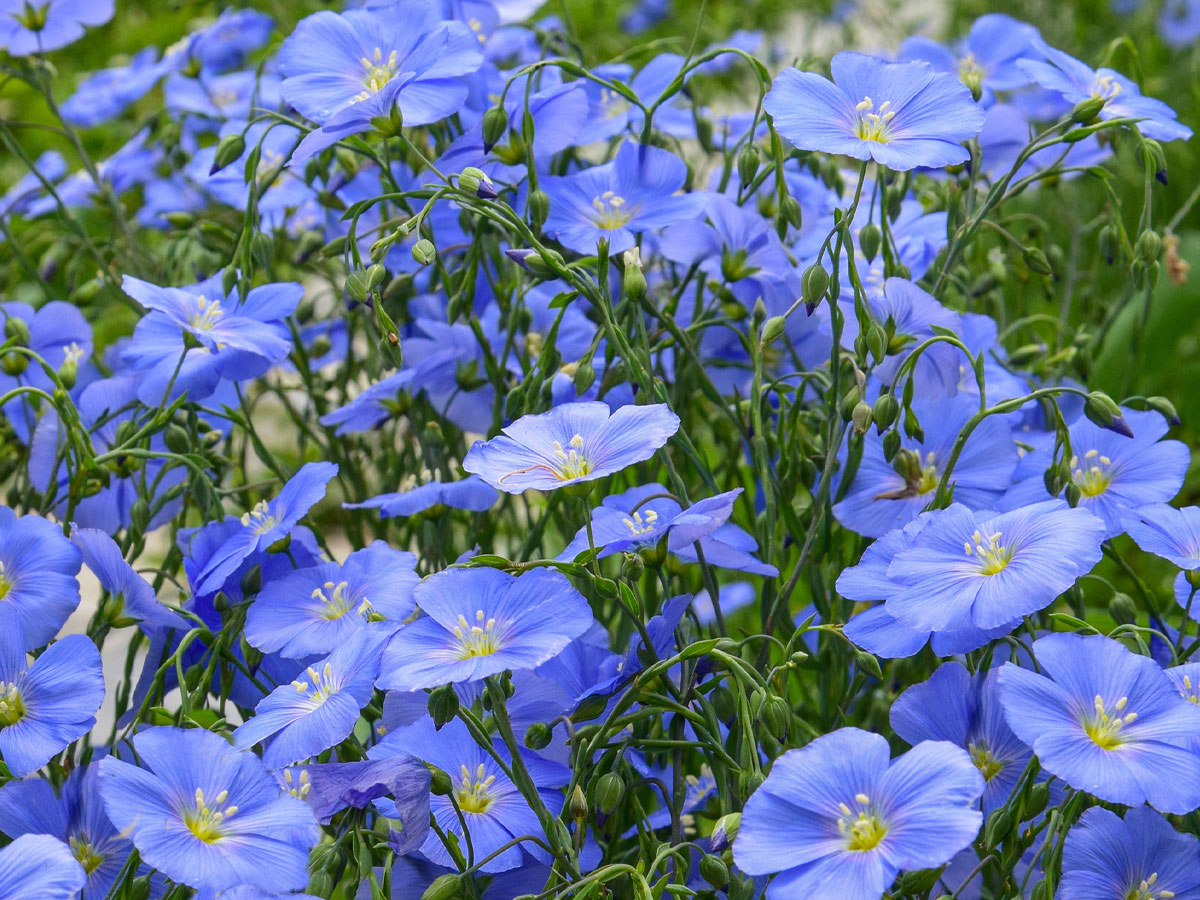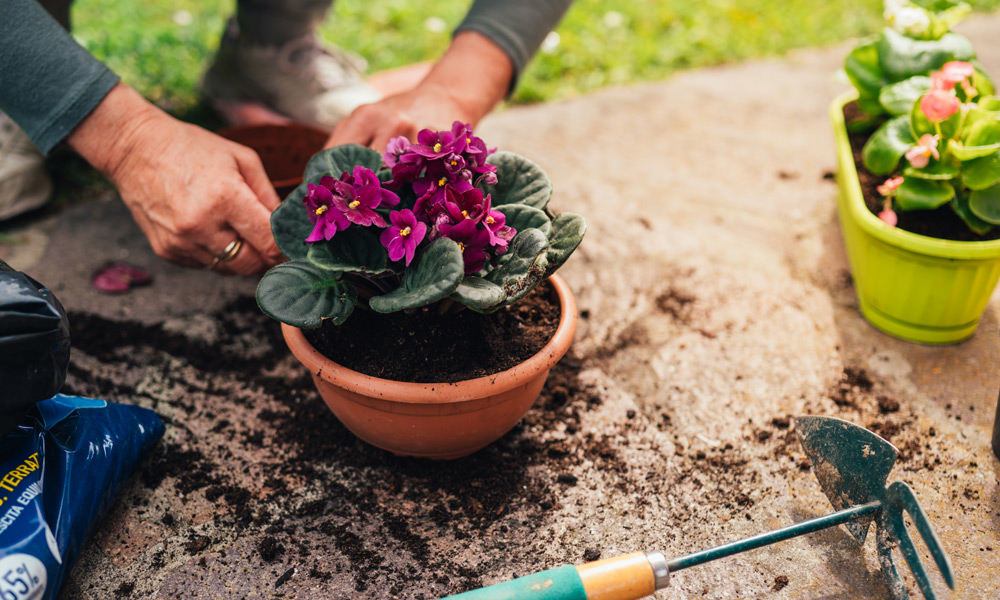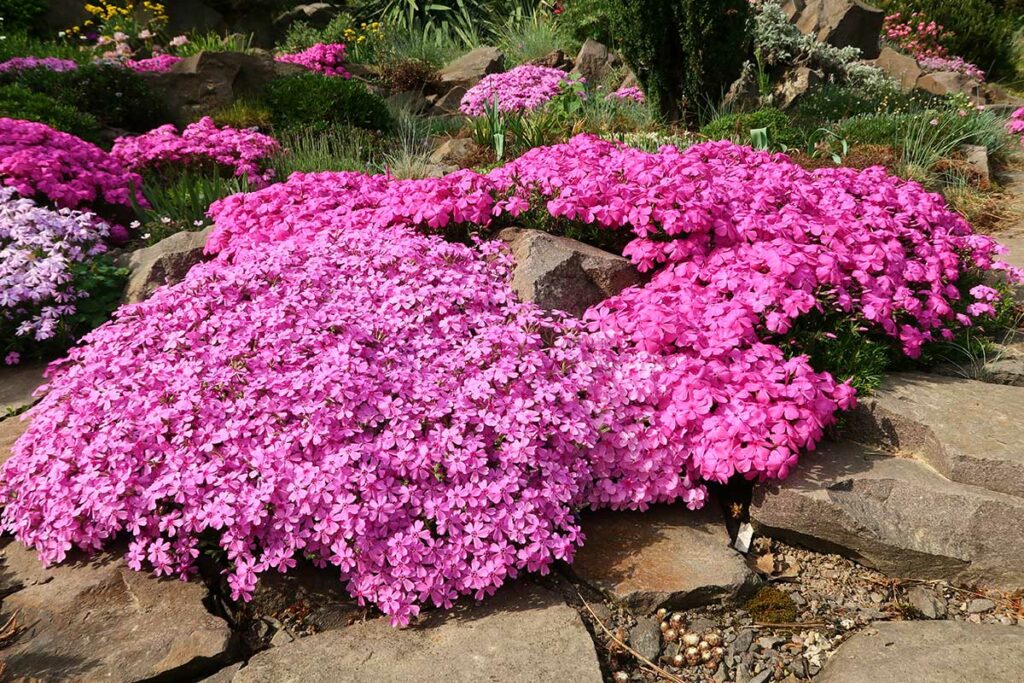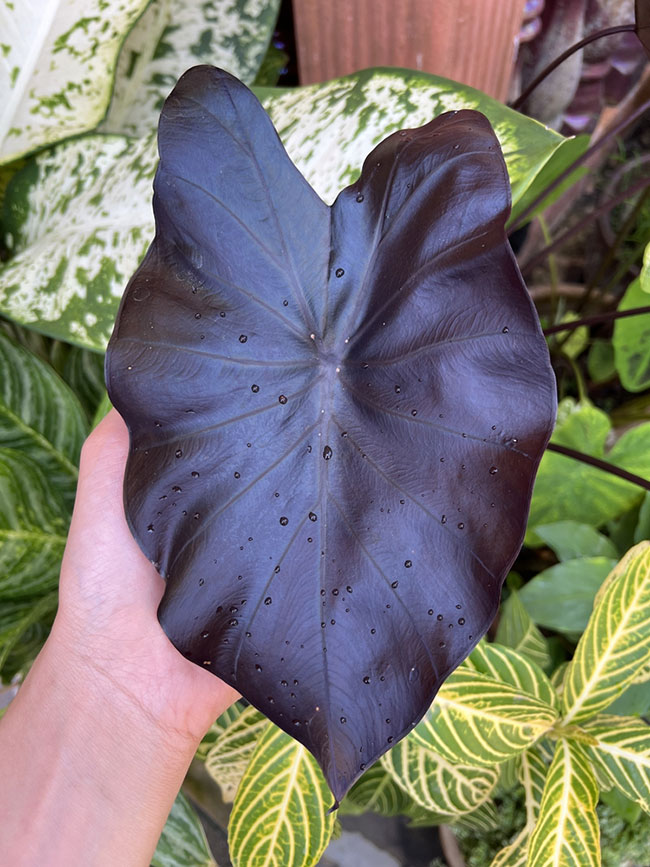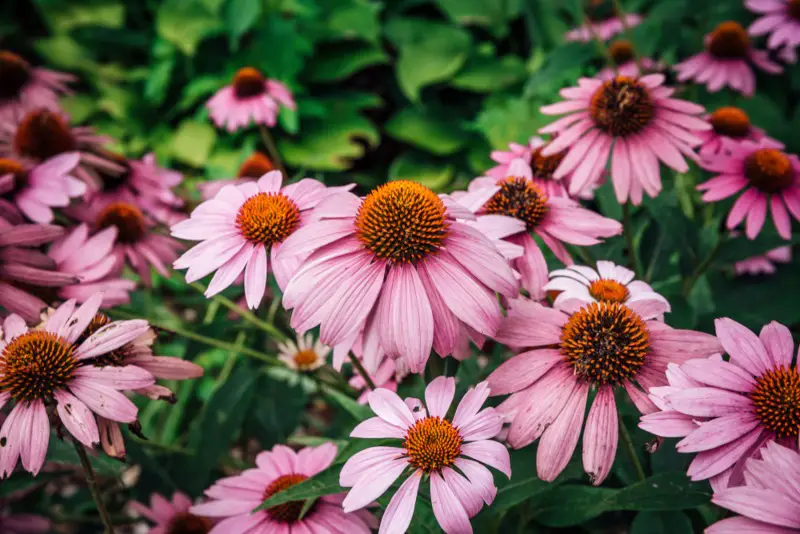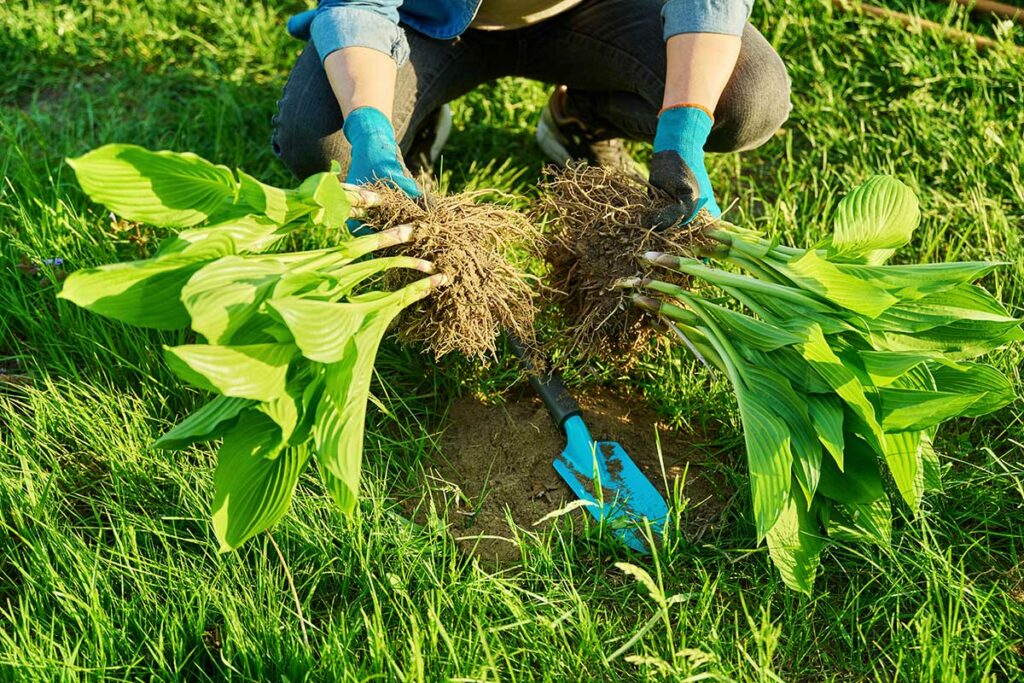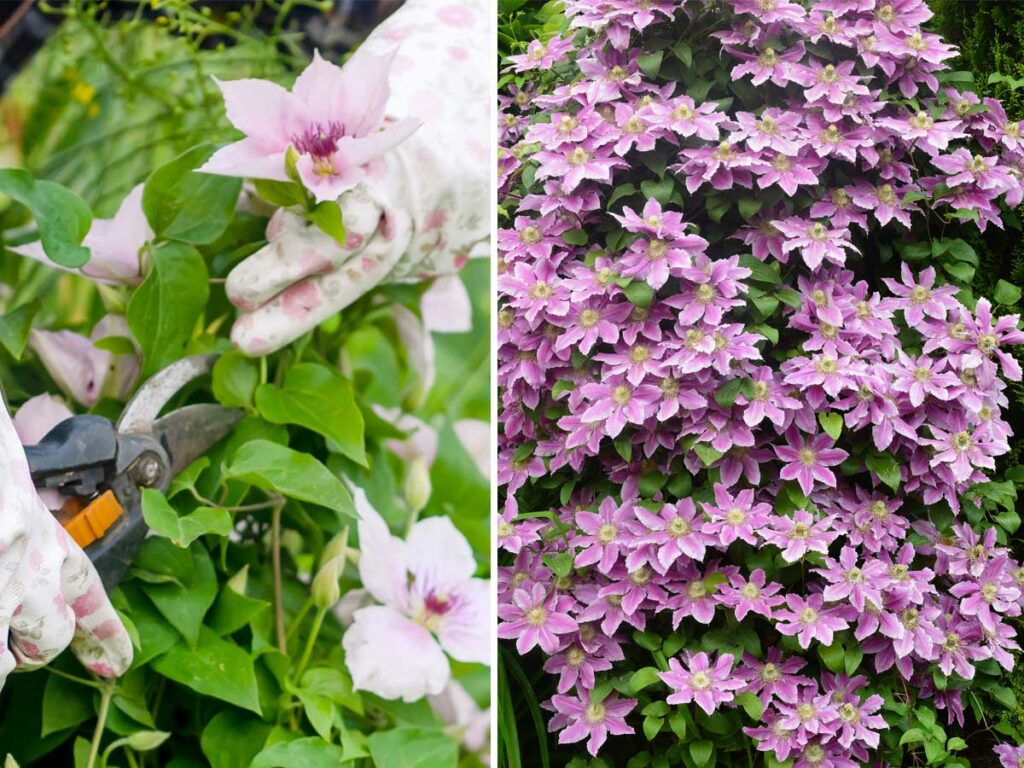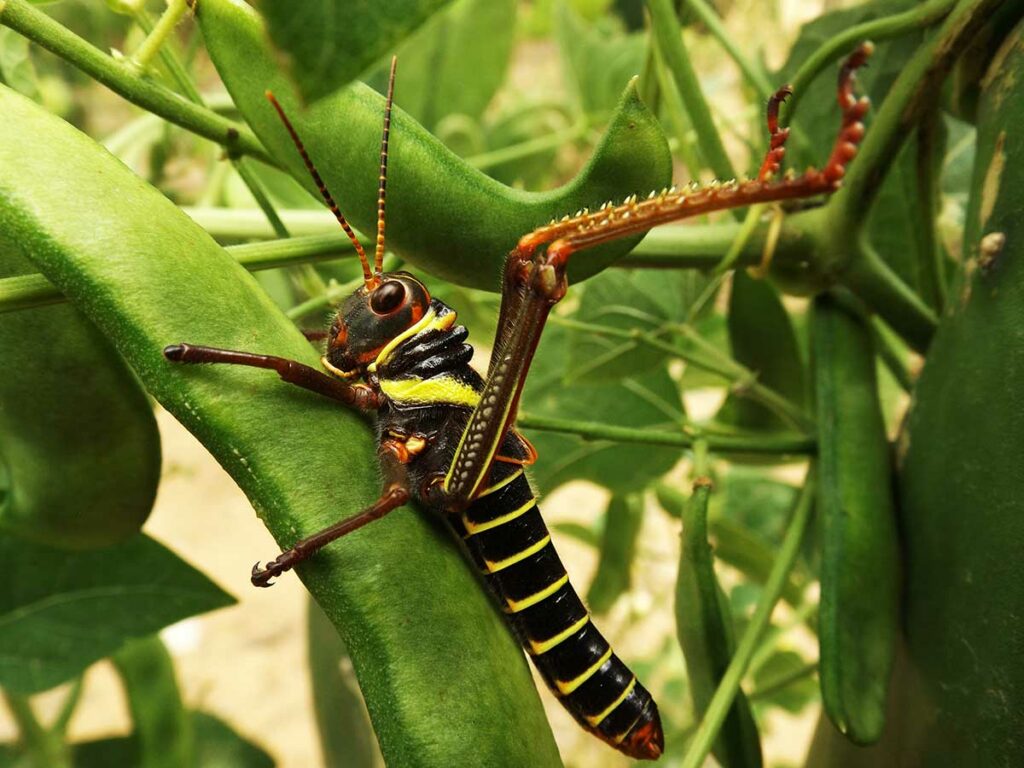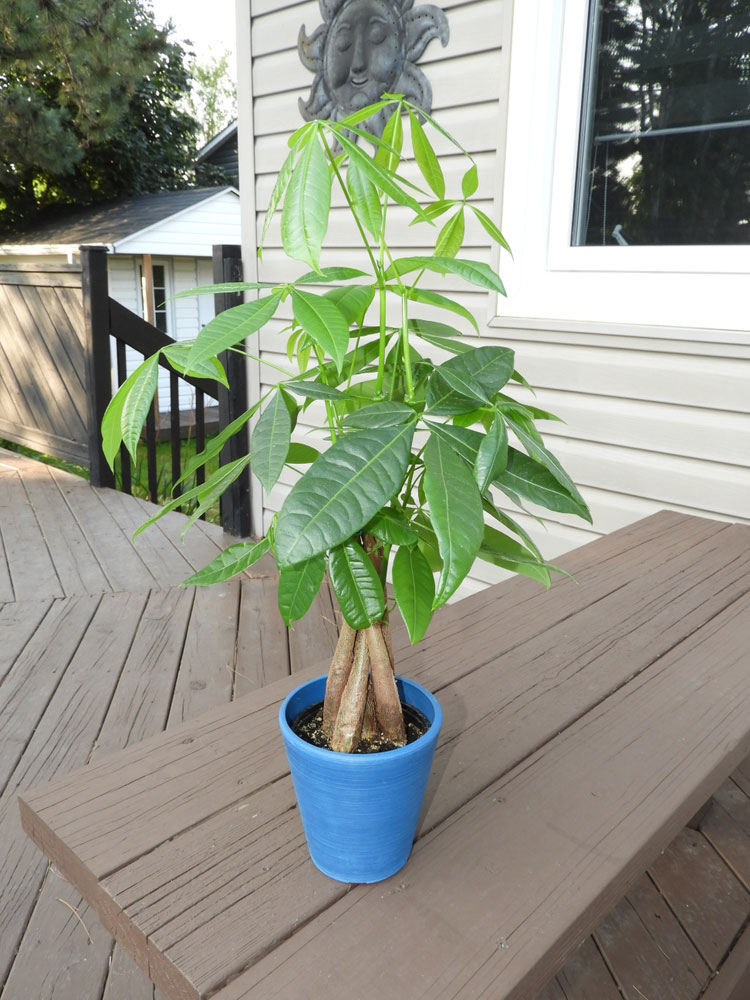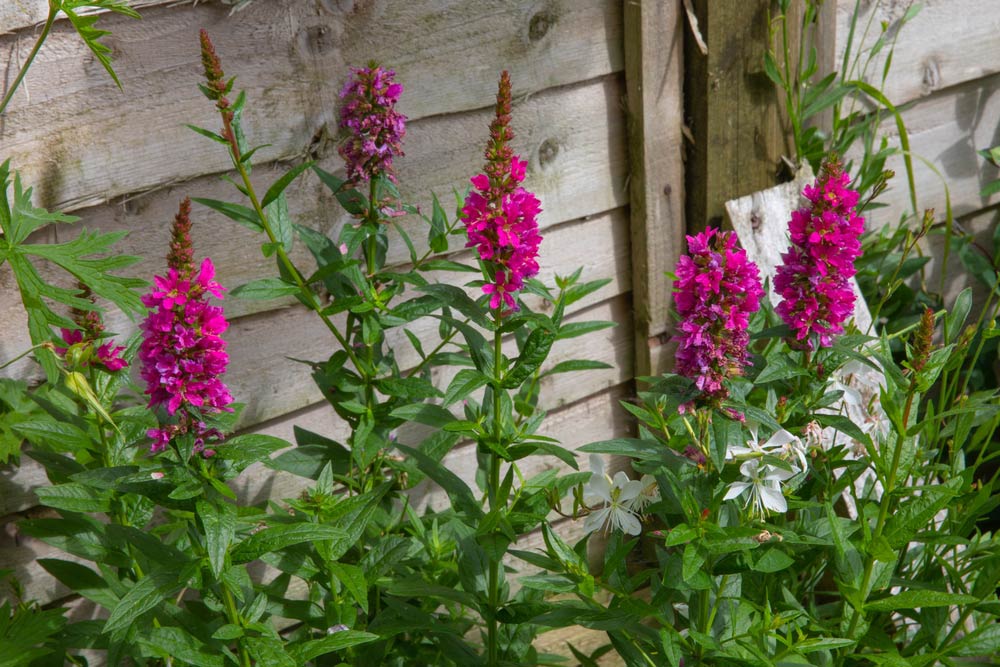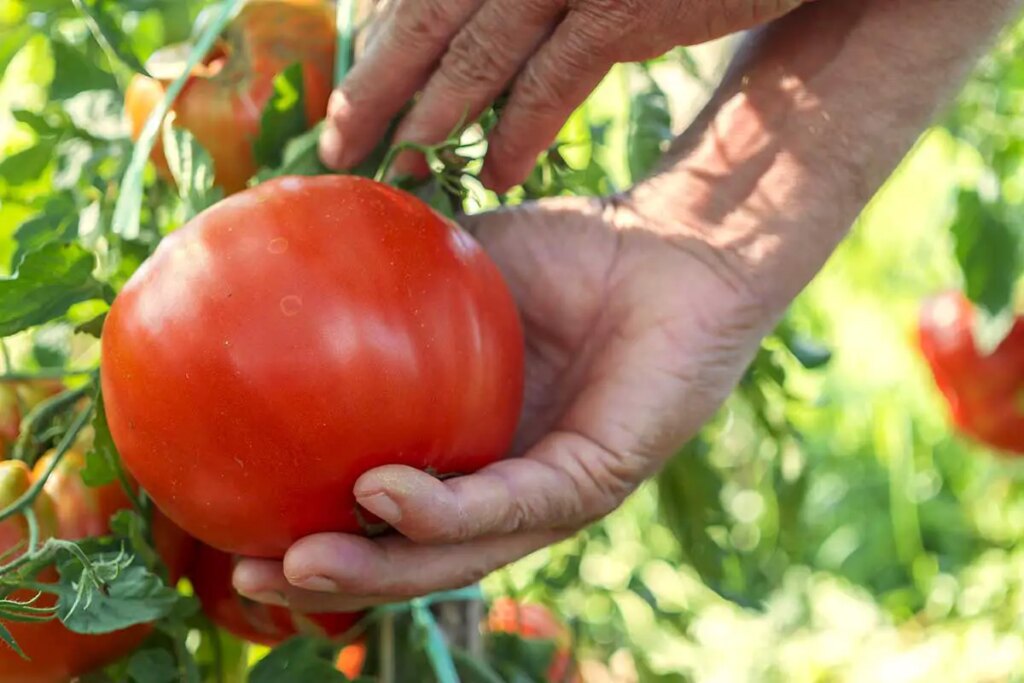
In this video, Justin Lane, a garden center manager with 10 years of experience, shares seven common mistakes to avoid when growing tomatoes. He begins by discussing the importance of choosing the right type of tomato and the proper spacing and staking techniques.
He also covers watering and pruning, as well as fertilizing. By following these tips, you can ensure a successful tomato harvest and impress your neighbors with your gardening skills.
Key Takeaways
- Choose the right type of tomato based on your space and gardening preferences.
- Proper spacing and staking techniques are crucial for preventing disease and promoting healthy growth.
- Consistent watering, pruning, and fertilizing are key to a successful tomato crop.
Choosing the Right Type of Tomato
When it comes to growing tomatoes, choosing the right type is crucial to ensure a bountiful harvest. There are two main types of tomatoes: determinate and indeterminate.
Determinate vs Indeterminate
Determinate tomatoes are naturally more bushy and compact, growing vertically up to four feet. Once the vertical growth stops, they produce side shoots. The fruits tend to ripen up earlier than indeterminate types. On the other hand, indeterminate tomatoes can grow up to 12 feet tall and require staking. They flower and continue to produce until frost.
If you’re short on space, determinate types are ideal as they do well in containers. However, if you have more space, indeterminate types are great as you’ll get a harvest all the way until frost.
Recommended Varieties
Here are some of my favorite determinate and indeterminate types of tomatoes:
Determinate Types:
- Roma
- Rutgers
- Better Bush
- Celebrity
Indeterminate Types:
- Cherokee Purple
- Brandywine
- Big Beef
- Better Boy
- Goliath
- Super Steak
If you love heirlooms, Cherokee Purple and Brandywine are great options. For those who want to try something that’s more disease-resistant, Big Beef, Better Boy, Goliath, and Super Steak are excellent varieties to try.
Remember, choosing the right type of tomato is essential to ensure a successful harvest.
Proper Spacing and Staking
When it comes to growing tomatoes, proper spacing and staking are crucial for a successful harvest. In this section, we’ll cover the best practices for spacing and staking your tomato plants.
Spacing in Raised Beds
When planting tomatoes in raised beds, it’s important to give them enough space to grow and thrive. As a general rule, tomato plants should be spaced two feet apart to prevent neighboring plants from shading each other out. This shading can cause disease and other problems that you don’t want in your garden.
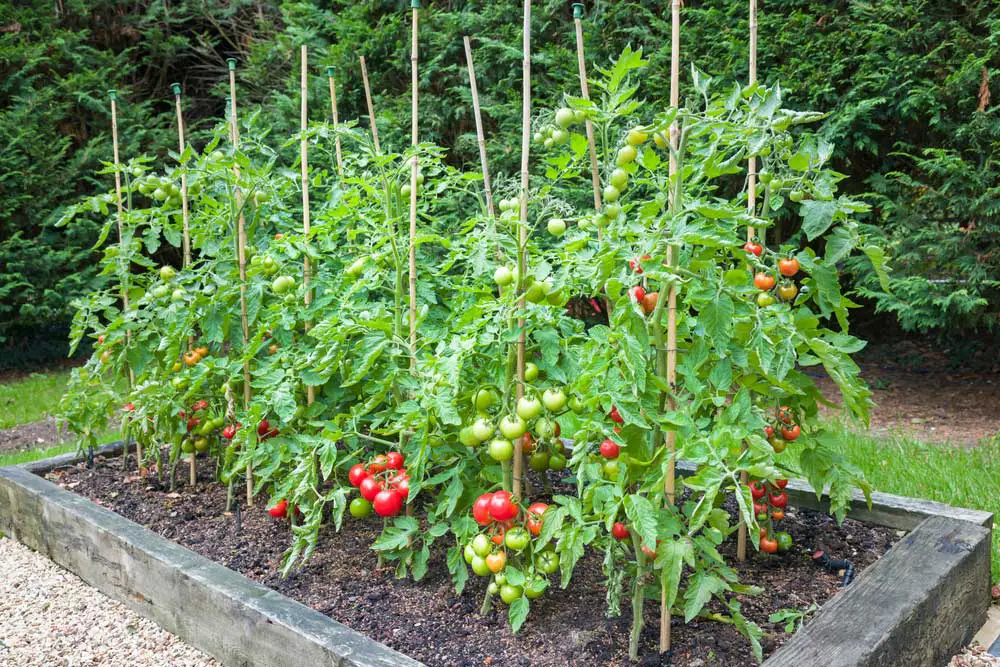
If you’re growing indeterminate tomatoes in raised beds, you’ll want to give them even more space. These plants can grow up to 12 feet tall, so it’s important to stake them properly and give them plenty of room to grow.
Staking Indeterminate Varieties
Staking is essential for indeterminate tomato varieties. These plants can grow very tall and heavy, and without proper support, they can easily topple over and break. To stake your indeterminate tomato plants, you’ll need sturdy stakes that are at least six feet tall. You’ll also need to tie the plants to the stakes every two feet or so to keep them upright.
If you’re growing determinate tomato varieties, staking may not be necessary. These plants are naturally more bushy and compact, and they grow vertically to a height of about four feet. However, if you’re growing determinate tomatoes in a pot, you’ll want to use a tomato cage to support the plant.
Recommended Staking Options
There are several staking options available for tomato plants. Here are a few of the most popular options:
- Oak stakes: These are sturdy and long-lasting, making them a great choice for indeterminate tomatoes.
- Cylindrical cages: These provide good support for indeterminate tomatoes and are easy to use.
- Chicken wire fence: This option is inexpensive and easy to find, but it may not be as sturdy as other options.
No matter which staking option you choose, be sure to tie your tomato plants to the stakes or cages every two feet or so to keep them upright. With proper spacing and staking, your tomato plants will grow strong and healthy, and you’ll enjoy a bountiful harvest.
Watering and Pruning
Avoiding Top Watering
When it comes to watering your tomato plants, it’s important to avoid top watering. This creates wet foliage and extra humidity, which can be a breeding ground for fungus spores. Tomatoes are especially susceptible to diseases like blight, so it’s important to do your part to slow the spread of any sort of disease. While we can’t control things like rainfall, we can control how we water our plants.
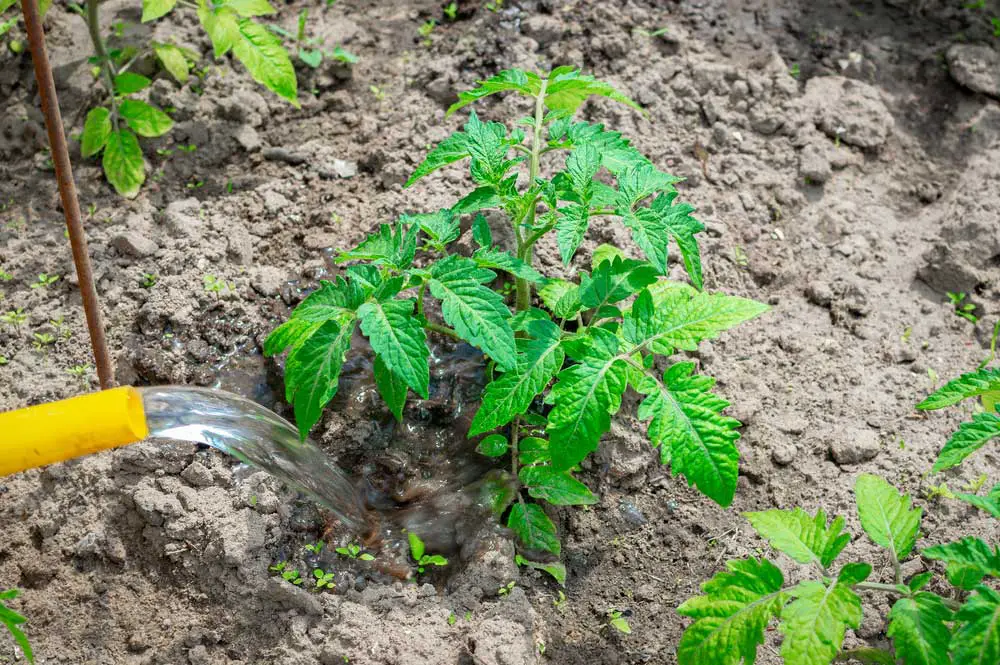
Consistent Watering Schedule
Tomatoes enjoy consistently moist soil. It’s a bad idea to let them dry completely out because it can cause things like blossom end rot or the flowers to turn brown and fall off before they can ever produce any fruit. Blossom end rot is often a result of a calcium transport issue, which can occur if your tomatoes are not regularly uptaking water. To prevent this, make sure to water your tomato plants on a consistent schedule.
Over and Under Pruning
When it comes to pruning your tomato plants, it’s important to avoid both over and under pruning. Over pruning can happen when you cut off too much foliage that was protecting the fruits from the harsh rays of the sun. This overexposure to the sun can cause your fruits to develop sun scald, which can thin out the skin and invite rot or insects in. On the other hand, under pruning can cause lower limbs to be exposed to natural bacteria and fungus in the soil, leading to diseases like blight.
If you’re growing a determinate type tomato, hardly any pruning is required, except for the lower limbs that are exposed to the soil. For indeterminate varieties, it’s important to prune off inner limbs to open up the middle of the tomato plant and allow for more airflow. By avoiding over and under pruning, you’ll ensure that your tomato plants are healthy and produce plenty of fruit.
Fertilizing
When it comes to growing healthy and productive tomato plants, fertilizing is an important step in the process. In this section, we will cover the basics of fertilizing your tomato plants, including starting with rich compost, fertilizing timing and frequency, and avoiding over-fertilizing.
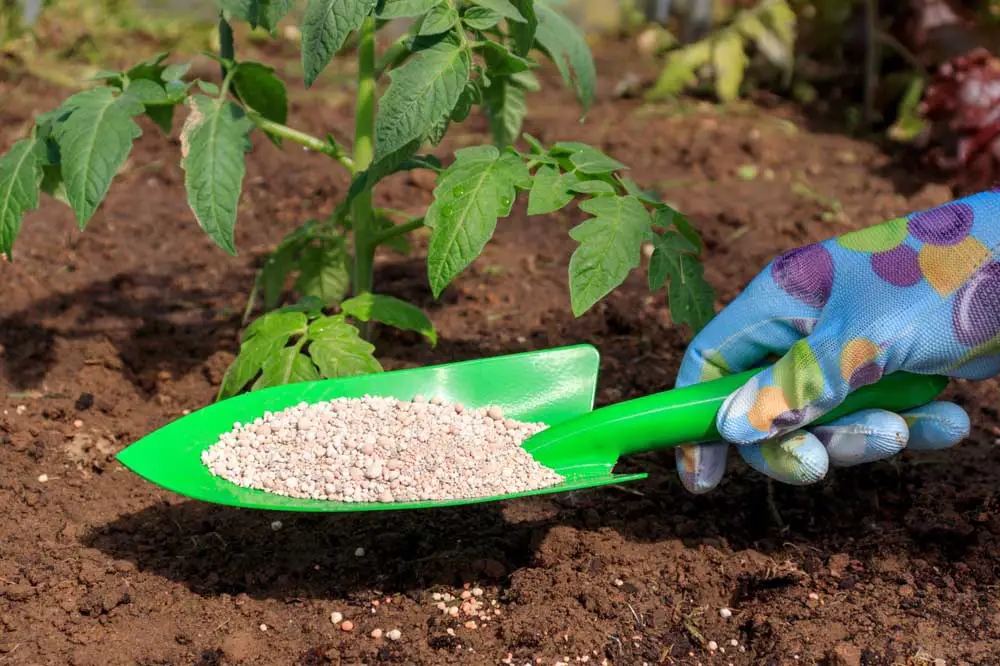
Starting with Rich Compost
Before you even think about fertilizing your tomato plants, it’s important to start with rich, nutrient-dense soil. One of the best ways to do this is by incorporating compost into your soil. Compost is an excellent source of organic matter and nutrients that will help your tomato plants thrive.
When adding compost to your soil, aim for a ratio of one part compost to two parts soil. Mix the compost thoroughly into the soil before planting your tomato plants.
Fertilizing Timing and Frequency
Tomato plants require regular fertilization throughout the growing season to ensure healthy growth and maximum fruit production. The timing and frequency of fertilization will depend on your specific growing conditions and the type of fertilizer you are using.
As a general rule, it’s a good idea to fertilize your tomato plants two to three times during the growing season. The first application should be made when the plants are just starting to set fruit, and subsequent applications should be made every four to six weeks thereafter.
Avoiding Over-Fertilizing
While fertilizing your tomato plants is important, it’s also important to avoid over-fertilizing. Over-fertilization can lead to a buildup of salts in the soil, which can harm your plants and reduce their productivity.
To avoid over-fertilizing, be sure to follow the instructions on your fertilizer package carefully. Use only the recommended amount of fertilizer, and never apply more than is necessary. If you do accidentally over-fertilize your tomato plants, flush the soil with pure water to help remove excess salts.

